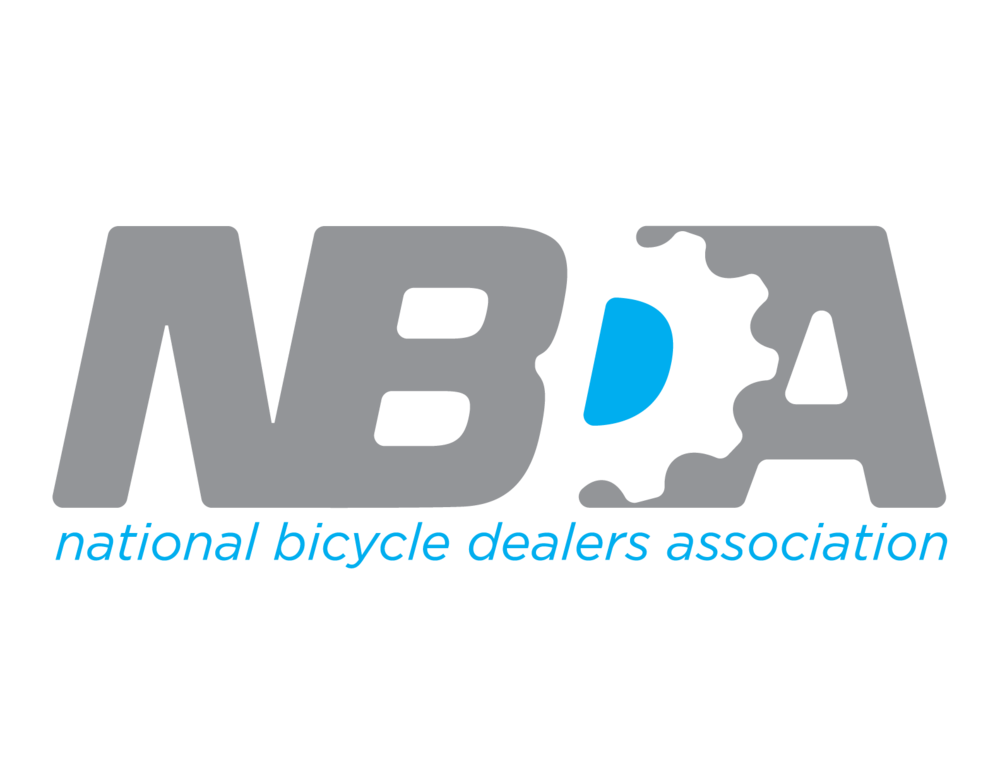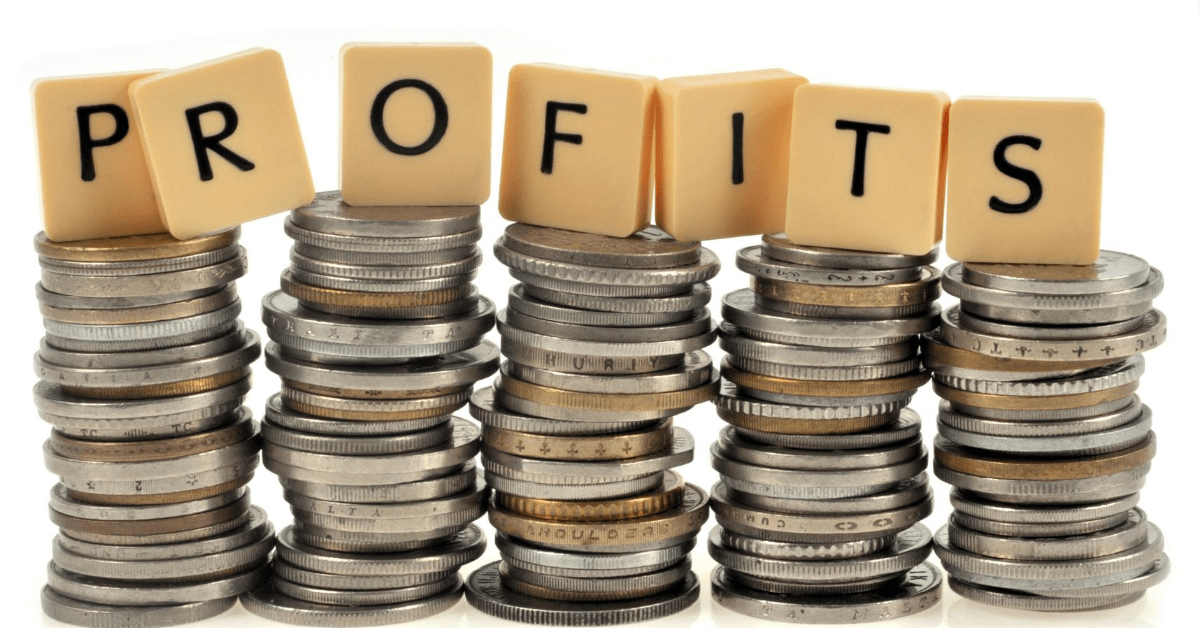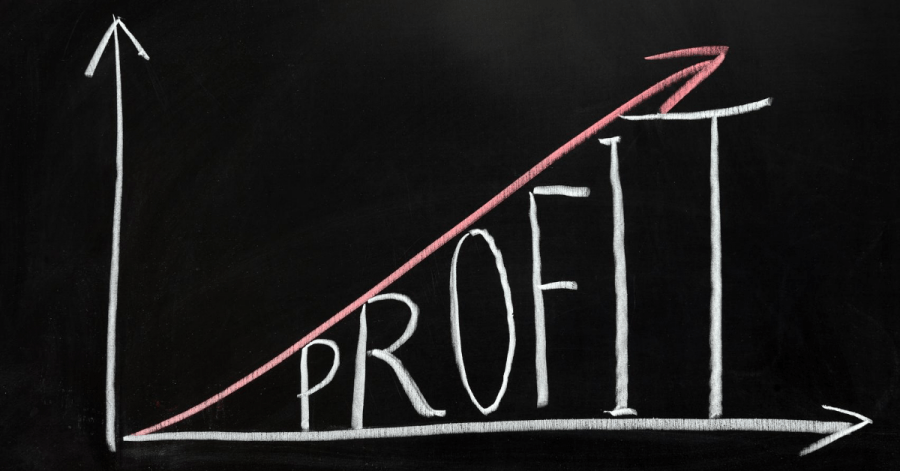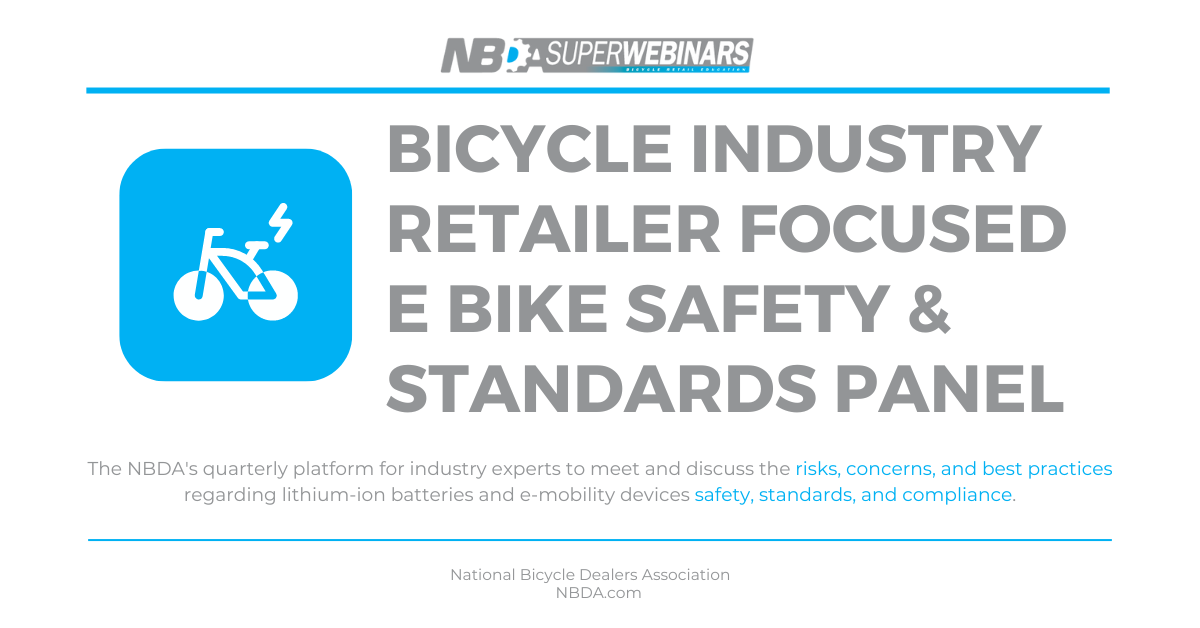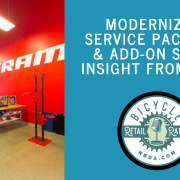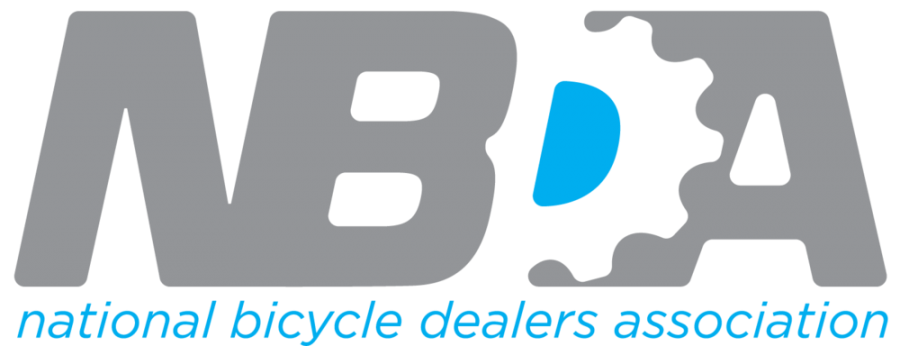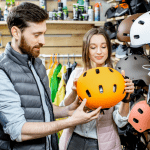A Series Introduction: How To Run A Profitable Bike Shop
Welcome to our series introduction. Running a profitable bicycle retail store is the goal, as with any business, of course. It is also seemingly challenging, as evidenced by the sheer churn of retail stores. Many have tried, lots have failed, and somewhere in the middle is the majority who are getting by, but maybe not to the owner’s satisfaction. A much smaller percentage is making substantial profits. Even the definition of what is profitable can be up for debate. Partnerships, business structures, how much the owner(s) want to take from the business, where the profits are going can all play into the equation. For the sake of some defining, let’s talk about the typical single owner store. The term the NBDA has used in the Cost Of Doing Business Studies called “owners compensation and profits to total revenues,” which sounds bland, but when dug into is a definite way to see what is possible. The percentage trends downward, the more significant the business becomes, but the actual dollars are much higher. The percentage can be zero or even negative, but can also climb well into the top 20% range in some cases. This calculation is a pretty quick equation if you look at your tax returns to find the total amount of income before any deductions and divide that number by the business’ gross sales. Simple math here – 1 million dollars in sales equals $200,000 in owner’s compensation and profits to total revenues at 20% profits.
Profitability
One of the problematic parts of talking profitability is also what an owner wants from their store. Many are continually investing back into the business with store remodels and refreshes, continuously upgrading tools, and many carry far too much inventory but do so by choice. Some have high payrolls due to long-tenured employees who are like family, and some are family. Some have high rents or mortgages but would not consider another location as they may feel the place defines them. The point of all this is that profitability is almost always possible. Still, sometimes it may not be the goal of each business owner to absolutely maximize the potential of the business in those terms. Bicycle retail stores are very personal for many owners. Consulting retailers in regards to profitability, this becomes clear very quickly.
Defining Profitability
As we move ahead with this series, please understand that there is no judgment involved in defining profitability. The purpose is to show what is possible and ways to get there. For a store that is grossing under $300,000, things will be much different from a multi-location, multi-million dollar operation. The basic principles, however, will always remain the same. For the smaller business, some of the things you can do to help yourself grow and become more profitable may seem like overkill but are essential if you hope to scale up your sales and profits. Much of what we will cover for the larger businesses is already old news and may feel a bit rudimentary. The bicycle retail industry has a wide variety of stores, and one shoe does not fit all in terms of operations. I hope that all will find at least inspiration to try and improve the bottom line. I cannot stress enough that even if you are okay with your current profitability, becoming more profitable is always a good thing. Someday you will exit the business, and your past profits will be the primary determining factor to how that exit goes. It will also determine the life you can live in retirement.
Inventory
The first topic we will cover will be inventory and how to determine the correct amount and go a bit into depth on how to dial it. After that, we will dive into more topics related to both store operation and the effects on profits, along with covering expenses and where you can make adjustments to make gains. The main themes will generally be how to install guardrails on specific costs and were to maximize profits regarding services and pricing. It will also be essential to cover some basic operational best practices that every retailer should be doing. There are so many little ways to add dollars to the bottom line and the obvious and most commonly discussed. Get your calculator out and pencils sharpened!
Words by David Dekeyser
 David DeKeyser and his wife Rebecca Cleveland owned and operated The Bike Hub in De Pere, Wisconsin, for nearly 18 years. In 2018, they sold the business and real estate to another retailer based in a nearby community. David now writes the Positive Spin series on Bicycle Retailer and Industry News and he writes articles for the NBDA’s blog, Outspokin’. David also provides business consulting through the NBDA’s P2 Consult Program.
David DeKeyser and his wife Rebecca Cleveland owned and operated The Bike Hub in De Pere, Wisconsin, for nearly 18 years. In 2018, they sold the business and real estate to another retailer based in a nearby community. David now writes the Positive Spin series on Bicycle Retailer and Industry News and he writes articles for the NBDA’s blog, Outspokin’. David also provides business consulting through the NBDA’s P2 Consult Program.
 The NBDA has been here since 1946, representing and empowering specialty bicycle dealers in the United States through education, communications, research, advocacy, member discount programs, and promotional opportunities. As shops are facing never-before-seen circumstances, these resources offer a lifeline. Together, we will weather this. We at the NBDA will not waver in our commitment to serving our members even during this challenging time—but we need your support.
The NBDA has been here since 1946, representing and empowering specialty bicycle dealers in the United States through education, communications, research, advocacy, member discount programs, and promotional opportunities. As shops are facing never-before-seen circumstances, these resources offer a lifeline. Together, we will weather this. We at the NBDA will not waver in our commitment to serving our members even during this challenging time—but we need your support.
Now is the time to become a member as we join together to make one another stronger. Whether you’re a retailer or an industry partner, your membership in the NBDA is one of the best investments you’ll make this year.
Learn more about the benefits of being a member and join now.
